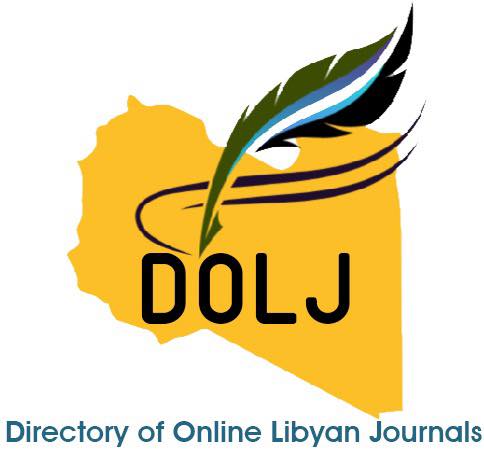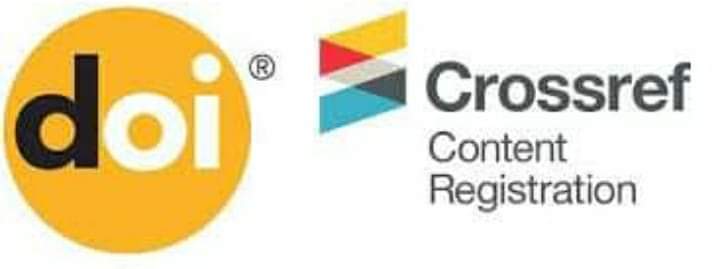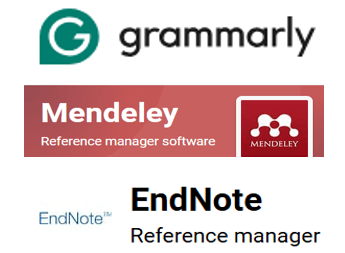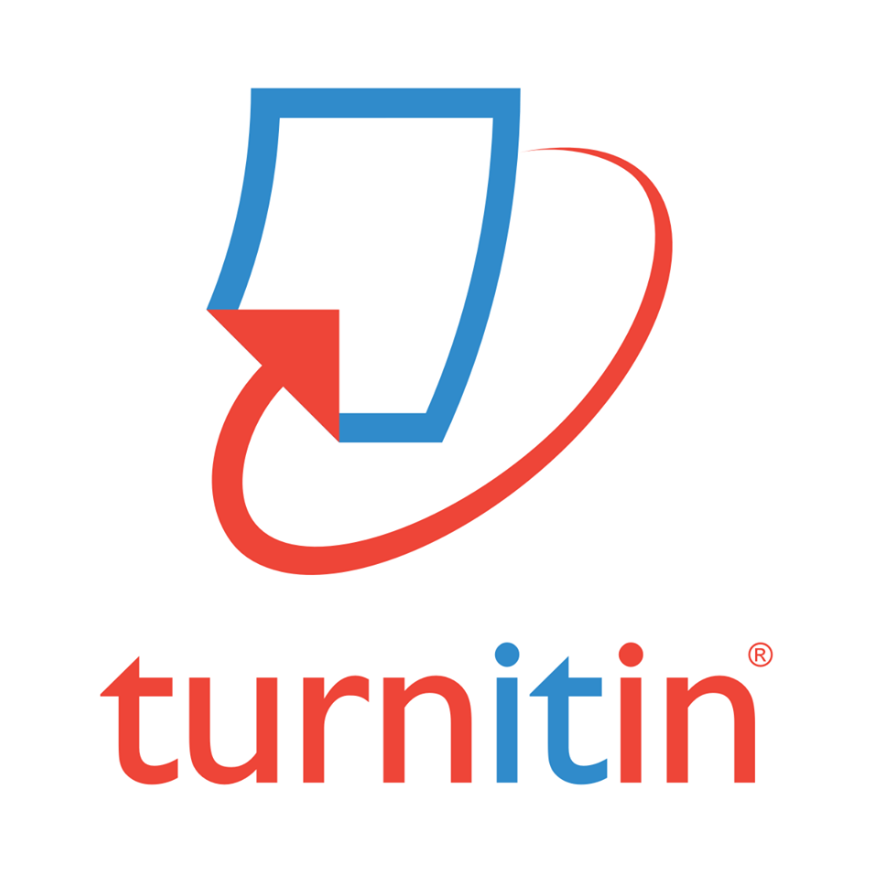The synergistic relationship between Aminoglycoside Antibiotics and Zoledronic acid (ZOMETA) drug in their effect on Bacillus cereus and Staphylococcus aureus bacteria.
DOI:
https://doi.org/10.37375./sjfssu.v5i1.2991Keywords:
Cancer, antibiotics, Bacteria , Aminoglycosides , Zoledronic acidAbstract
In this study, we investigated the synergistic relationship between some antibiotics from the aminoglycosides functional group, which were Chloramphenicol (C30µg), CEFOTETAN (CTT30µg), AMIKACIN (AK30) and CEFAMANDOLE (MA) and the chemical drug Zoledronic acid (ZOMETA 4g) which is used in Cancer treatment. This study focuses on their Effect on Gram-positive bacteria Bacillus cereus and Staphylococcus aureus using disc diffusion method for anti-susceptibility test, and spectrophotometry method for bacteria cells count. The results of the Zoledronic acid anti-susceptibility test showed that it had no effect on both bacteria. However, the antibiotic's anti-susceptibility test on B. cereus showed resistance to the antibiotic (C30) and (MA 30), also showed the highest susceptibility pattern to the antibiotic (AK 30). while the lowest susceptibility pattern was for the antibiotic (CTT 30). While on S. aureus bacteria showed resistance to antibiotic (MA 30), with the highest susceptibility pattern to antibiotic (C 30), and the lowest susceptibility pattern to antibiotic (AK 30); The results of the synergy test (the relationship between the Zoledronic acid and the antibiotic) on both B. cereus and S. aureus bacteria showed that all antibiotics have a synergistic relationship with the drug.
References
References
Al-Aamri, H. M., Ku, H., Irving, H. R., Tucci, J., Meehan-Andrews, T., & Bradley, C. (2019). Time dependent response of daunorubicin on cytotoxicity, cell cycle and DNA repair in acute lymphoblastic leukaemia. Bmc Cancer, 19, 1-12.
Assar, S., Nosratabadi, R., Khorramdel Azad, H., Masoumi, J., Mohamadi, M., & Hassanshahi, G. (2021). A review of immunomodulatory effects of fluoroquinolones. Immunological Investigations, 50(8), 1007-1026.
Beberok, A., Wrześniok, D., Minecka, A., Rok, J., Delijewski, M., Rzepka, Z., Respondek, M., & Buszman, E. (2018). Ciprofloxacin-mediated induction of S-phase cell cycle arrest and apoptosis in COLO829 melanoma cells. Pharmacological Reports, 70(1), 6-13.
Blaser, M. J. (2016). Antibiotic use and its consequences for the normal microbiome. Science, 352(6285), 544-545.
Cragg, G. M., & Newman, D. J. (2001). Natural products drug discovery and development at the United States National Cancer Institute. In Drug Discovery and Traditional Chinese Medicine: Science, Regulation, and Globalization (pp. 19-32). Springer.
Fiedler, G., Schneider, C., Igbinosa, E. O., Kabisch, J., Brinks, E., Becker, B., Stoll, D. A., Cho, G.-S., Huch, M., & Franz, C. M. (2019). Antibiotics resistance and toxin profiles of Bacillus cereus-group isolates from fresh vegetables from German retail markets. BMC microbiology, 19, 1-13.
Frenzel, E., Kranzler, M., Stark, T. D., Hofmann, T., & Ehling-Schulz, M. (2015). The endospore-forming pathogen Bacillus cereus exploits a small colony variant-based diversification strategy in response to aminoglycoside exposure. MBio, 6(6), 10.1128/mbio. 01172-01115.
Gajic, I., Kabic, J., Kekic, D., Jovicevic, M., Milenkovic, M., Mitic Culafic, D., Trudic, A., Ranin, L., & Opavski, N. (2022). Antimicrobial susceptibility testing: a comprehensive review of currently used methods. Antibiotics, 11(4), 427.
Gao, Y., Shang, Q., Li, W., Guo, W., Stojadinovic, A., Mannion, C., Man, Y.-g., & Chen, T. (2020). Antibiotics for cancer treatment: A double-edged sword. Journal of Cancer, 11(17), 5135.
Leelavathi, D. (2024). Molecular Interaction Study between Gentamicin and the Cancer Protein Target (TP53) using in silico Tools. UTTAR PRADESH JOURNAL OF ZOOLOGY, 45(3), 233-240.
Randjelovic, P., Veljkovic, S., Stojiljkovic, N., Sokolovic, D., & Ilic, I. (2017). Gentamicin nephrotoxicity in animals: Current knowledge and future perspectives. EXCLI journal, 16, 388.
Saeidnia, S. (2015). New approaches to natural anticancer drugs.
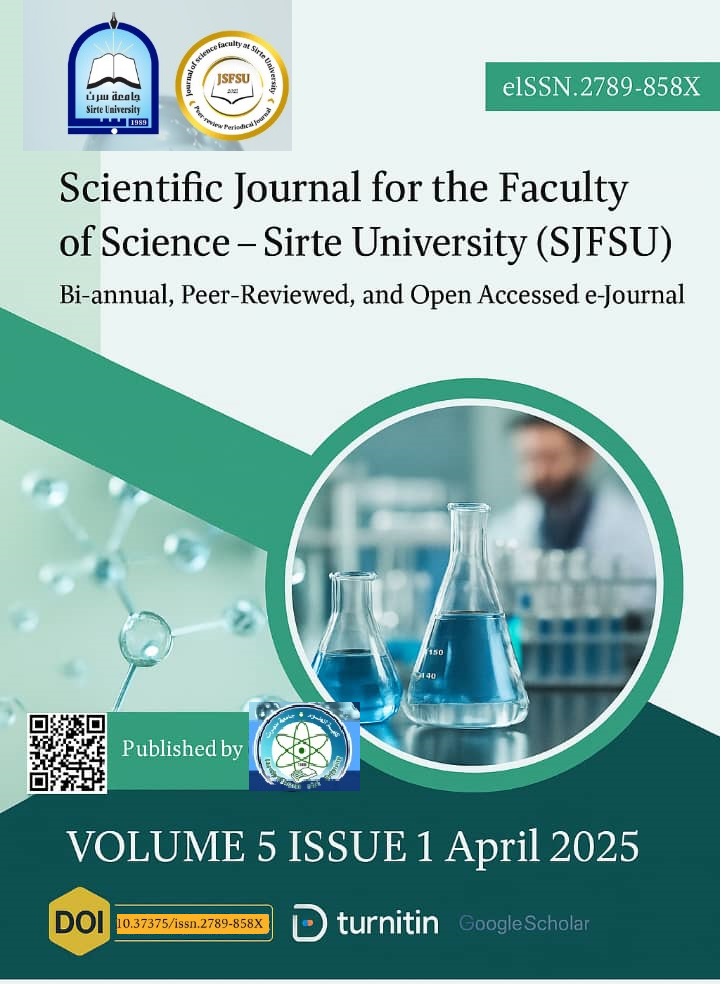
Downloads
Published
Issue
Section
License
Copyright (c) 2025 Scientific Journal for Faculty of Science-Sirte University

This work is licensed under a Creative Commons Attribution 4.0 International License.


